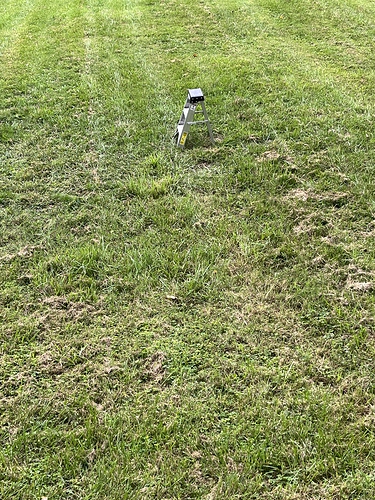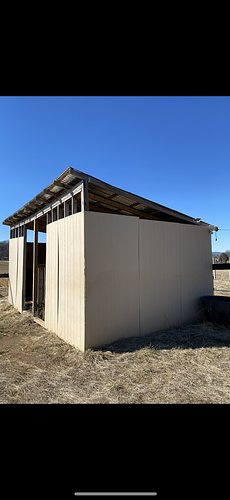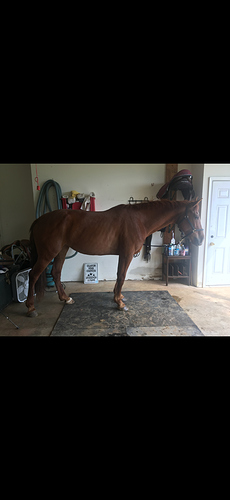There’s whole groups on Facebook dedicated to small acreage horsekeeping. I don’t think this plan is bad.
I’d build a 12x12 run in shed. They are easy to build and two people who can operate a screwdriver and a saw should be able to build one in a weekend. If you put it on skids instead of concreting it into the ground you will likely be able to sell it for more than you paid to build it when you don’t need it anymore. You could even make it 12x16 with a little 6ft wide storage room. The solar lights are really good now and you can probably just buy a few of those instead of running electrical.
As far as fencing I’d do wood posts with 2 inch Hotwire tape hooked up to a good fence charger. It’s more attractive than T posts, cheaper than wood board, and safer for a neuro horse who might crash through a wood fence.
Put the run in at the highest part of the pasture and have someone truck in a good amount of stone dust now while it’s still dry. You want the run in and about 20 feet in front of it to have 4-6 inches of stone dust so that you aren’t dealing with mud.
Use a 30 gallon tub for her instead of a big trough. She won’t drink the trough down fast enough and you will end up wasting a bunch of water every time you need to dump and scrub it. You can use a hose for water. They sell heat tape you can put on the hose for the winter; it works really well. Cover the hose/heat tape with pool noodles/water heater insulation pipe and it won’t freeze. You will also need a water trough heater for winter. You can run these off of extension cords. The outlet you use should be GFCI rated (most outside ones are) I wouldn’t put the water trough next to a building because they do, very occasionally, catch fire; even not on an extension cord. (I had one catch fire once. It smoldered and then the GFCI tripped. Because it’s winter and wet nothing caught fire except the heater itself.)
As suggested above some trash companies will take manure. Others won’t. You can have a manure dumpster brought out. You may also find that you dont really need one. Manure breaks down fast and with only one horse you may have significantly less volume than you’d expect. Even with 8 horses I used over half of my manure pile this spring just for my small garden.
Most vets will come out for one horse. If you are flexible on day and time, many farriers will fit you in too. They just tag you on to the end of larger barns nearby.
As far a mud… your results will vary. The fact that the land is sloped may actually work in your favor.
I kept 4 horses on 1.5 acres in FL, 3 on 3 acres in NC, 4 on 3 acres in VA, and 6 on 5 acres in VA.





 My mom actually suggested they sleep in the basement (daylight style) but the ceiling was kind of low. I have to say, I’ve never been more spoiled than mucking out a stall inside a heated garage when it’s 10 degrees outside.
My mom actually suggested they sleep in the basement (daylight style) but the ceiling was kind of low. I have to say, I’ve never been more spoiled than mucking out a stall inside a heated garage when it’s 10 degrees outside.